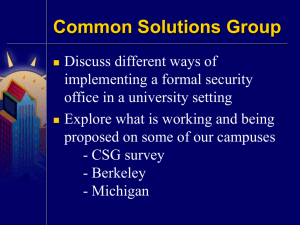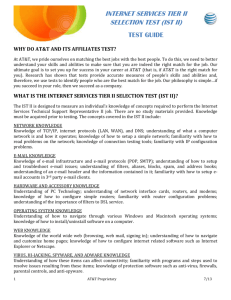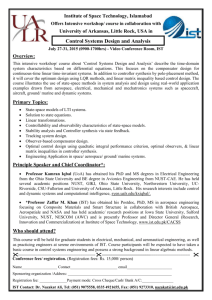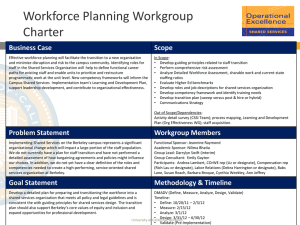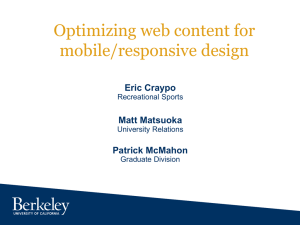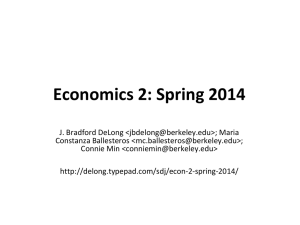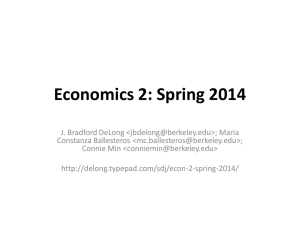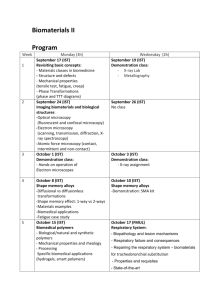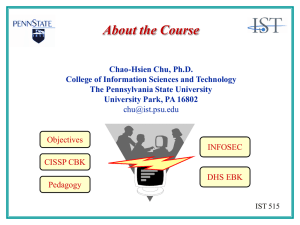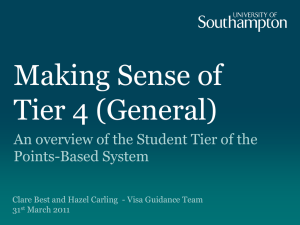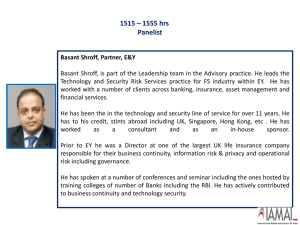UCB IT Business Continuity
advertisement
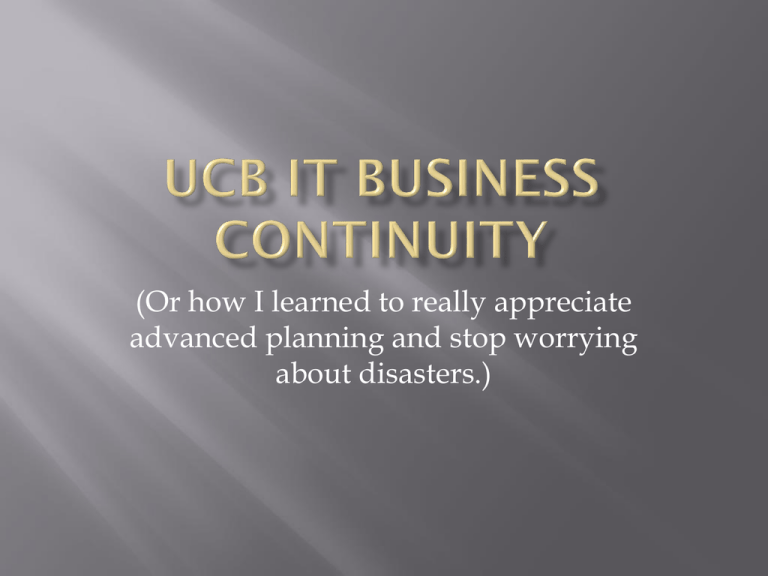
(Or how I learned to really appreciate advanced planning and stop worrying about disasters.) Business continuity is the term for the activity performed by any organization to ensure that its business functions will be available to its customers and users. There are two components to business continuity: 1. 2. Disaster recovery — getting systems and infrastructure back online after a disaster Business resumption — getting business functionality back online after the infrastructure is readied The San Diego Supercomputer Center (SDSC) is UC Berkeley's "hot-site" data center in a disaster scenario when Berkeley's data center becomes unavailable, and will continue to act as the remote data center until Berkeley's data center once again becomes functional. After a disaster has been declared and UCB is running out of SDSC, the hardware and network are started and/or verified. The applications are then started in a priority order. Contrary to popular belief, subscribing an ISTmanaged system and to UCBackup does not automatically make an application a priority to restore. For an application to be considered a priority restore, the required infrastructure to run a mini-version of it at SDSC must be purchased. The infrastructure includes UCBackup and other components such as servers, storage, network, and data transfer. For an estimate of costs at SDSC, customers can use The Estimator (http://estimator.berkeley.edu/) They can also send email with questions to: is-platform-help@lists.berkeley.edu. It is important to note that entire applications may not be restored due to storage restrictions. However, the critical pieces or functions of the application as determined by the application owners will be restored. For the purposes of DR, IST classifies its managed applications into three “tiers”, 0 through 2. Tier 0 applications are mission critical and are restored first, with a restoration timeline of 0-24 hours. Tier 1 applications are restored next with a restoration timeline of 1-3 days. Tier 2 applications are restored in order of availability of hardware to support the application, configuring that hardware to run and loading data onto the servers. Calnet Active Directory UCBackup Sharepoint (specific to UCB-SDSC documentation) Bearfacts BFS BLU Control-M Enterprise Manager Electronic Funds Transfer (EFT) HCM (HR) Kronos KualiReady PageCenter ProSAMS All remaining IST managed applications that are not classified as Tier 0 or Tier 1 fall into this classification. In the event of a regional disaster, UCB would queue up for equipment along with other organizations, so the backlog and wait for available equipment likely would be long. It is to the advantage of application owners to have their applications in Tier 1 status to avoid these waits for equipment and configuration. Application owners should have both active disaster recovery *AND* business resumption plans in place UC Ready (KualiReady) is an online tool sponsored by UC Berkeley’s Office of Continuity Planning (http://ocp.berkeley.edu/) OCP can assist departments to prepare for events that would threaten the continuity of the campus mission. 1. 2. 3. 4. 5. The University of California has announced SDSC as UC's Southern California regional data center. UC Berkeley currently utilizes 10 racks of its equipment. Besides business continuity, these racks can be used for services which include: Virtual servers Physical servers Four tiers of Storage System Administration Database Administration SDSC’s website is http://www.sdsc.edu/ IST manages a fail-over hot-site at SDSC IST managed applications are grouped in Tiers, 02. Tier 0 recovered applications, 0-24 hours. Tier 1 recovered applications, 1-3 days. Tier 2 are all other IST applications and will be recovered as equipment becomes available. Any IST application can become Tier 0 or Tier 1 if the application owner pays for this service. Departments should have their UC Ready/KualiReady plan current and available. Contact information for IST Business Continuity Services: IST Business Continuity webpage: http://ist.berkeley.edu/is/bc IST Business Continuity Coordinator: (email to: it-business-continuity@berkeley.edu) Follow on Twitter: @UCB_IST_DR Todd Wagner (642-5346)
